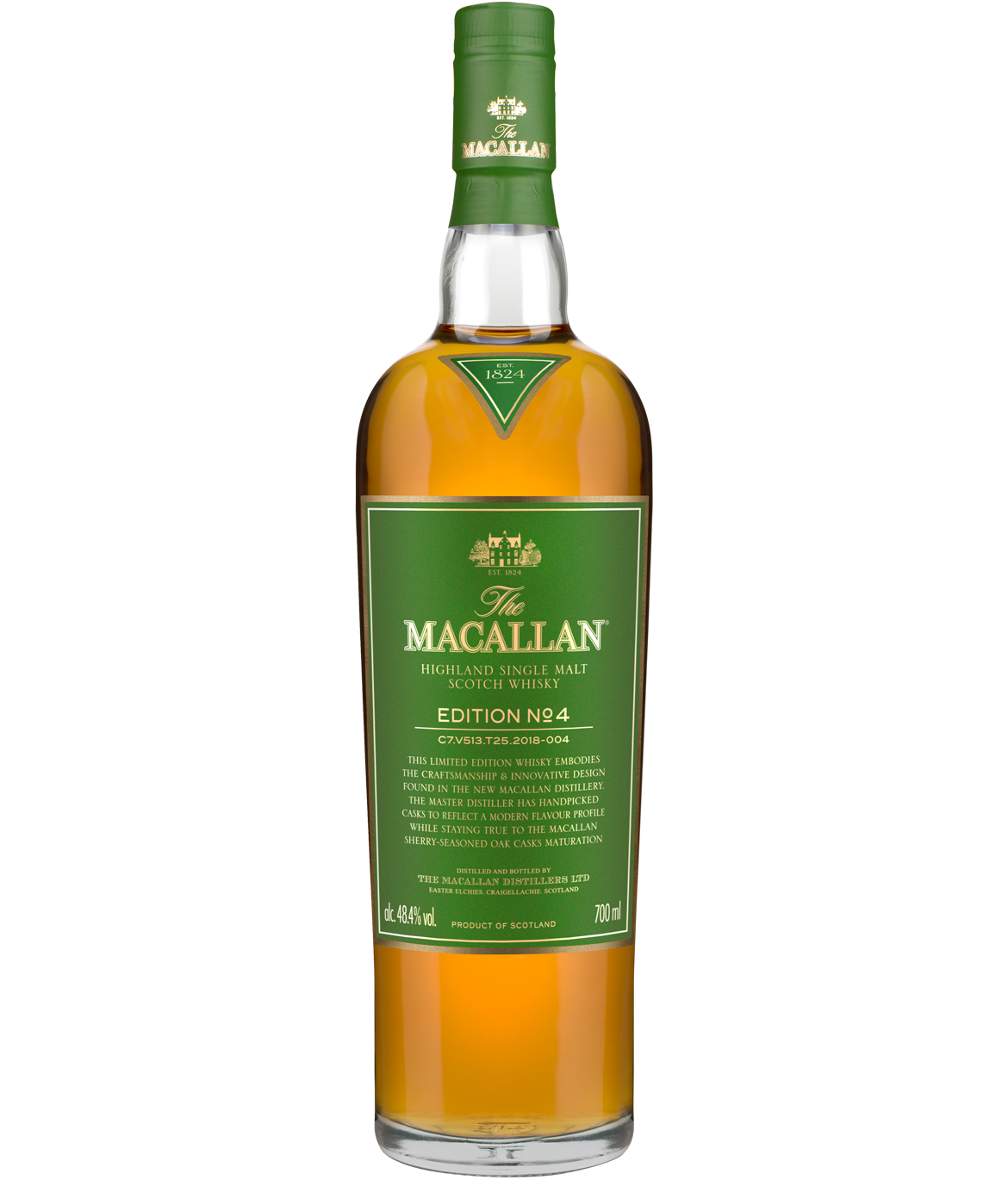

In contrast, Korea is one of the most expensive places I’ve found to buy whiskies – likely due to unusually high government taxes. But proportionately-speaking, quality Japanese whiskies available for export remain equally as expensive on their home territory as they do in Canada, the USA or the UK. There are certainly cheaper domestic budget blends that are still affordable in Japan. Note that I am specifically referring to the commonly exported whiskies that I track world-wide. And it may easily revert in a short while – again, that’s currency fluctuations for you.īut a key thing to note above is that Japanese whisky is actually as expensive to purchase in Japan as it is in other countries, in relative terms. Mind you, it wasn’t always like this – two years ago, most everything sold for only a slight discount compared to Canadian prices. For example, right now in Tokyo, I could pick up Jim Beam White for $12 CAD, JW Red or Crown Royal for $16 CAD, Glenfiddich 12yo for $29 CAD, and Hibiki Harmony for $48 CAD. Typically, Japanese, Canadian, American and UK whiskies currently sell in Japan for about half what they cost in the rest of the world (!). Note that ALL whisky in Japan right now is remarkably cheap, when currency-adjusted, due to the relative low value of the Yen (January 2016). Japan << Canada = USA < UK < Taiwan << Korea But I have followed a small basket of commonly available international whiskies world-wide in my travels (and online researches), and have found a few peculiarities over time.įirst let’s start with the big picture: how much does a basket of widely available (i.e., largely entry-and mid-level) international whiskies cost from one country to the next? Ranked from lowest to highest price:

Currency fluctuations also wreak havoc in making general observations. It is of course difficult to accurately compare whisky prices world-wide, due to limited regional availability of certain classes and styles (and limited internet sales in some countries – especially Asia). I’ll come back to this point again at the end. It is also natural to assume that the whisky produced in one own’s country is relatively cheaper than imported whisky.īut are these assumptions valid, world-wide? It seems as if most reviewers imagine their target audience are those who experience similar pricing constraints as their own – which may not be the case, given the reach of the globalized internet. For example, it is a common complaint to note how much Japanese whisky has increased in price over the last couple of years (and how availability has dropped), due to excessive demand. One thing I come across a lot in review commentaries are statements as to how relatively expensive certain classes of whisky are in the reviewer’s home country. The other challenge is whether reviewers are using a very regional filter for price (i.e., their personal experience, locally). I adjust for this in the analysis for the limited cases where it is explicitly made clear as part of the reviewer’s scoring method – but it’s hard to know how price affects everyone’s relative quality perceptions overall. Cearly, we can all be influenced by price – after all, it is natural to associate more expensive with higher quality.īut another confound to this analysis is whether or not reviewers actually discount their scores on the basis of price (i.e., giving more expensive whiskies a lower rating due to a lower perceived value for money). As previously observed here, there is a weak correlation between scores and price (i.e., it isn’t as strong as you might expect). One of the challenges to integrating reviewer scores is how each reviewer feels about prices, and whether or not they explicitly take prices into account with their scoring. I have provided some very limited analyses of Canadian whisky volume and recent LCBO pricing here in Ontario – although if you really want to track LCBO prices over time, I suggest you try out the excellent LiQuery website. But this is supplemented by various Provincial liquor agency websites in Canada, as well as my own records during international travels (e.g., see my recent Whisky in Korea and Whisky in Japan articles). Like Michael, I too use to track typical current whisky prices (this is in fact the main resource for generating the “$” estimates in my whisky database). In particular, his second post about changes in US prices over time.
#MACALLAN WHISKEY PRICE USA SERIES#
A recent excellent series of price analyses by Michael of the Diving for Pearls whisky blog – entitled “Scotch Ain’t Dead Yet” – got me thinking about common perceptions of whisky pricing world-wide.


 0 kommentar(er)
0 kommentar(er)
